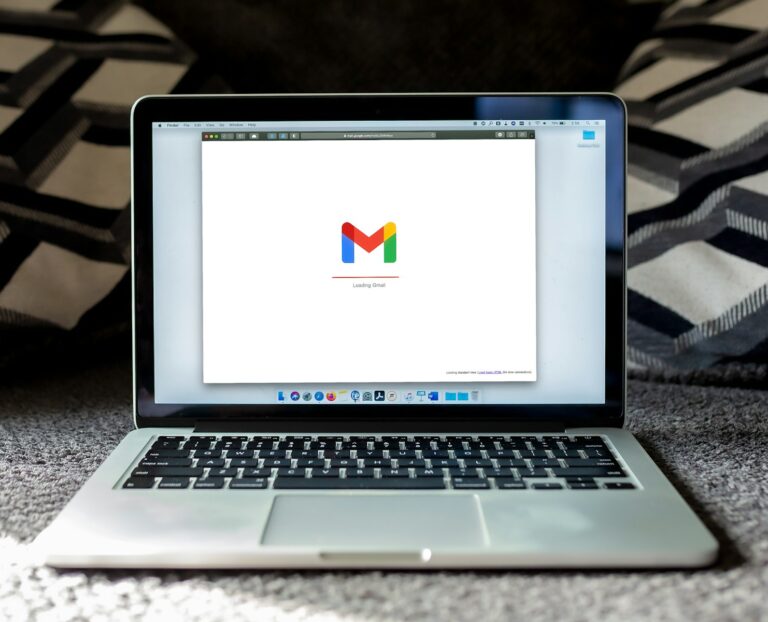Imagine running your own AI chatbot locally, completely offline, with no expensive GPU and without breaking the bank. Sounds like a dream, right? Well, with GPT4All, that dream is surprisingly easy to achieve.
Whether you’re a student, developer, researcher, or small business owner in the USA or UK, GPT4All gives you a unique opportunity to harness AI locally on your personal computer even on something as modest as a laptop with integrated graphics.
In this guide, we’ll walk you through exactly how to run GPT4All without a GPU, optimize it for performance, and get real value out of it.
What is GPT4All?
GPT4All is an open-source ecosystem that lets you run large language models (LLMs) locally, without needing internet or cloud APIs. It’s designed for privacy-first use cases, quick experimentation, and making AI accessible to everyone.
Unlike OpenAI’s ChatGPT or Google Gemini that rely on server-side inference, GPT4All runs completely on your machine. Think of it as your own local ChatGPT clone but open source and customizable.
Why GPT4All is a Game-Changer
- No recurring fees (like with OpenAI APIs)
- Offline capabilities = better privacy
- Custom model training supported
- Lightweight options available for low-spec machines
Can You Really Run GPT4All Without a GPU?
Yes 100%.
Most people think they need a fancy Nvidia RTX GPU to run language models. While GPUs do speed things up, GPT4All supports CPU-only inference. That means you can run it even on a basic laptop or desktop with enough RAM and storage.
Minimum System Requirements
Here’s what you need at a minimum to run GPT4All smoothly:
| Component | Minimum Requirement |
|---|---|
| OS | Windows 10+, macOS, Linux |
| RAM | 8GB (16GB recommended) |
| CPU | Any modern x86-64 processor |
| Storage | 5GB+ free disk space |
| GPU | Not required! |
Tip: A Chromebook can also work using Linux (via Crostini). We’ll touch on that in another guide.
Step-by-Step: How to Run GPT4All Without GPU
Step 1: Download GPT4All Installer
Head over to the official GPT4All website and choose your operating system.
- Windows:
.exefile - macOS:
.dmg - Linux:
.AppImage
No command-line setup needed just a straightforward GUI installer.
Step 2: Pick a CPU-Optimized Model
Not all models are created equal. When running without GPU, choose lightweight models optimized for CPU usage.
Some recommended models:
ggml-gpt4all-j-v1.3-groovyggml-mpt-7b-chatggml-gpt4all-falcon
These are quantized to run faster on CPUs without a big hit to accuracy.
Step 3: Install the Model
Once the app is installed, launch it and select the model you want to download. The app will fetch and store it locally no further internet required after that.
Most models range from 3GB to 8GB in size. Make sure you’ve got enough disk space.
Step 4: Start Chatting!
With everything installed, you can start interacting with the model right from the desktop interface. It’s clean, responsive, and works entirely offline.
You can ask:
- Programming help
- Content writing prompts
- Business strategy questions
- Personal journaling or brainstorming
And much more.
Performance Tips for CPU-Only Setup
Running on a CPU can be slower than on a GPU but with a few smart optimizations, you can enjoy a surprisingly smooth experience. Here’s how to make the most of GPT4All on a CPU-only setup:
1. Choose Quantized Models Designed for Speed
Models come in different formats, and choosing the right one is key to performance. Quantized models are specially optimized for lower-resource devices. Formats like ggml, q4_0, or q5_1 use less memory and are easier on your CPU.
These models reduce the file size and computational demands, allowing them to run faster while sacrificing very little in terms of quality. It’s like using a high-efficiency mode without giving up the intelligence you need.
2. Close Unnecessary Background Applications
Think of your CPU as a shared kitchen. The fewer people (apps) using it, the faster you can cook (generate responses).
Before launching GPT4All, close heavy applications like:
- Google Chrome or other browsers
- Video editors or streaming software
- Background syncing tools like OneDrive or Dropbox
This frees up RAM and CPU cycles, making GPT4All run significantly smoother.
3. Upgrade Your RAM if Possible
If you’re currently running with just 8GB of RAM, you might experience occasional lags or slow loading times, especially with larger models.
Upgrading to 16GB (or even 32GB if you work with multiple tools) can:
- Speed up model loading
- Reduce memory swapping to disk
- Improve overall multitasking while using GPT4All
This is one of the most impactful upgrades for performance.
4. Use Terminal Mode for Advanced Control
If you’re comfortable with command-line interfaces, you can run GPT4All using CLI flags that control how many threads your CPU uses and how much optimization is applied.
Example command for Linux:
./gpt4all-lora-quantized-linux-x86 -t 4 -ngl 1This sets the thread count to 4 and optimizes performance by offloading computation where it helps. You can adjust the values based on your CPU’s core count.
5. Keep the Model and GPT4All App on an SSD
Storage speed plays a hidden but important role. If you have the option, store your GPT4All files on a Solid-State Drive (SSD) instead of a traditional HDD.
Benefits include:
- Faster model load times
- Quicker app startup
- Smoother operation when caching data
This especially helps when using larger models that frequently access disk memory.
Real-World Example: GPT4All for Content Creators
Meet Sarah, a freelance content writer from London. She runs GPT4All on her 2020 MacBook Air (with no GPU) to:
- Draft blog outlines
- Generate email subject lines
- Brainstorm client pitches
Before GPT4All, she used OpenAI’s API, which cost her ~$100/month. Now, with everything running locally, she saves money and keeps client data secure.
“It’s like having my own writing assistant that lives on my laptop. No delays, no privacy worries.” — Sarah W.
Common Questions
Can it answer the same as ChatGPT 4?
Not exactly. GPT4All uses smaller, open models so expect slightly less fluency. But for many use cases, it’s 80–90% as good, and totally free.
Can I fine-tune GPT4All locally?
Yes! If you have more resources (and time), GPT4All lets you fine-tune models on your own datasets. This is useful for:
- Law firms customizing legal assistants
- Therapists building mental health bots
- Educators creating tutoring tools
Is it safe to use offline?
Absolutely. Running offline means zero data leaves your device. This is great for regulated industries (legal, finance, healthcare) where data privacy is key.
Bonus: GPT4All vs Cloud APIs
| Feature | GPT4All (Local) | OpenAI/Gemini (Cloud) |
| Requires Internet | No | Yes |
| GPU Required | No | Cloud GPU only |
| Monthly Cost | Free | $$$ (varies) |
| Privacy | Full control | Data stored on servers |
| Customization/Fine-tuning | Yes (local) | Limited via API |
GPT4All for Businesses & Educators
If you’re a startup founder in New York or an educator in Birmingham, GPT4All can serve as:
- Internal knowledge bot
- Support assistant for teams
- Offline chatbot for student Q&A
- AI co-pilot for brainstorming
And all without a GPU or internet dependency.
Conclusion: The Power of Local AI is Here
AI isn’t just for big tech companies anymore. Tools like GPT4All let anyone yes, even with a $400 laptop run powerful models locally, without GPUs, APIs, or subscriptions.
You’re no longer dependent on the cloud. You control your data. You run the show.
So what’s stopping you?
Give GPT4All a try and see how it transforms your productivity, creativity, or research on your terms.



